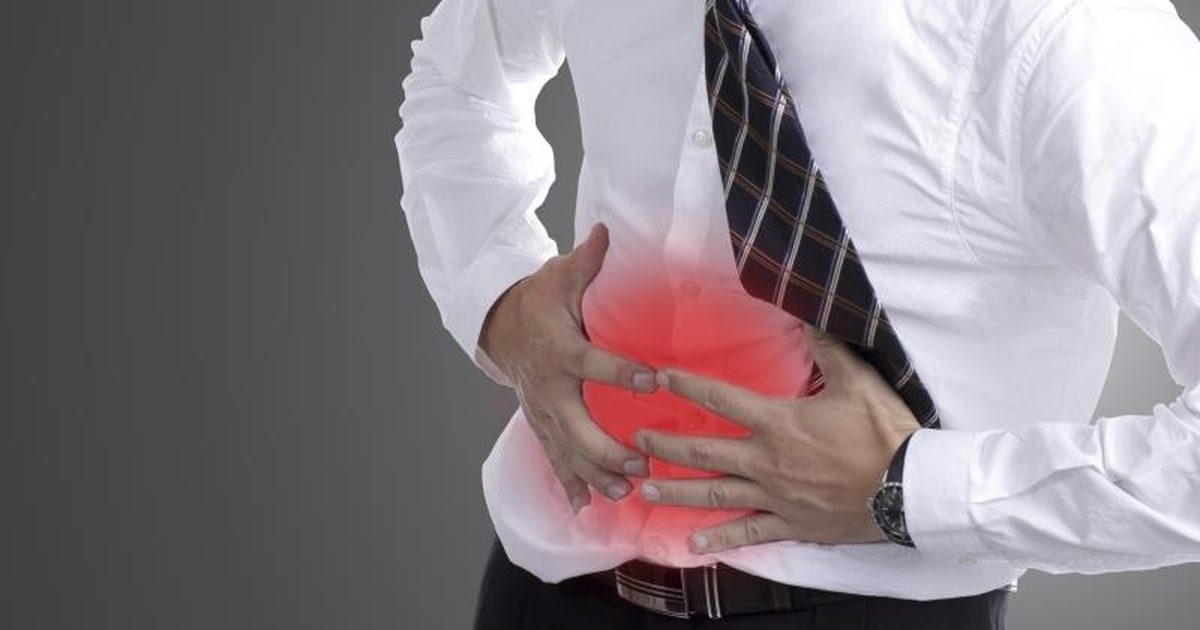Acid Reflux Overview
What causes a burning sensation in the chest? Chances are it is acid reflux or heartburn. However, there is no need to fear, because acid reflux is quite manageable, and no patient must suffer for very long. Of course, knowledge is necessary to truly understand acid reflux and to obtain effective treatment to avoid potential complications. Start reading now to reveal all of the information patients need to know about what acid reflux is and what causes it, as well as the symptoms to watch out for, available treatments, and complications the treatment helps individuals avoid.
What Is Acid Reflux?

Approximately one out of every five individuals living in the United States suffers from acid reflux. Acid reflux is characterized by an unpleasant burning sensation in the chest, just behind the breastbone. It may occur after eating a large meal. Aside from producing a burning sensation in the chest, acid reflux generally does not cause other health problems. Frequent or severe acid reflux and heartburn are known as gastroesophageal reflux disease (GERD). Although it sounds scary, GERD can now be cured without the use of surgery.
Learn about the symptoms of acid reflux next.
What Are The Symptoms?

Symptoms not always associated with acid reflux include chronic coughing, tooth erosion, chest pain, asthma, and laryngitis. However, the most common symptom of this condition is a burning sensation in the throat/esophagus and heartburn.
The burning sensation associated with acid reflux occurs when the sphincter muscle does not open and close properly. The sphincter muscle is located between the stomach and esophagus. When this muscle is not working properly, stomach acids can begin to make their way back up the esophagus, 'burning' the sides of the esophagus, causing the unpleasant sensation linked to acid reflux. Some patients will also experience heartburn in relation to their acid reflux, so this sensation is important to be on the lookout for as well.
Get to know the various causes of acid reflux next.
